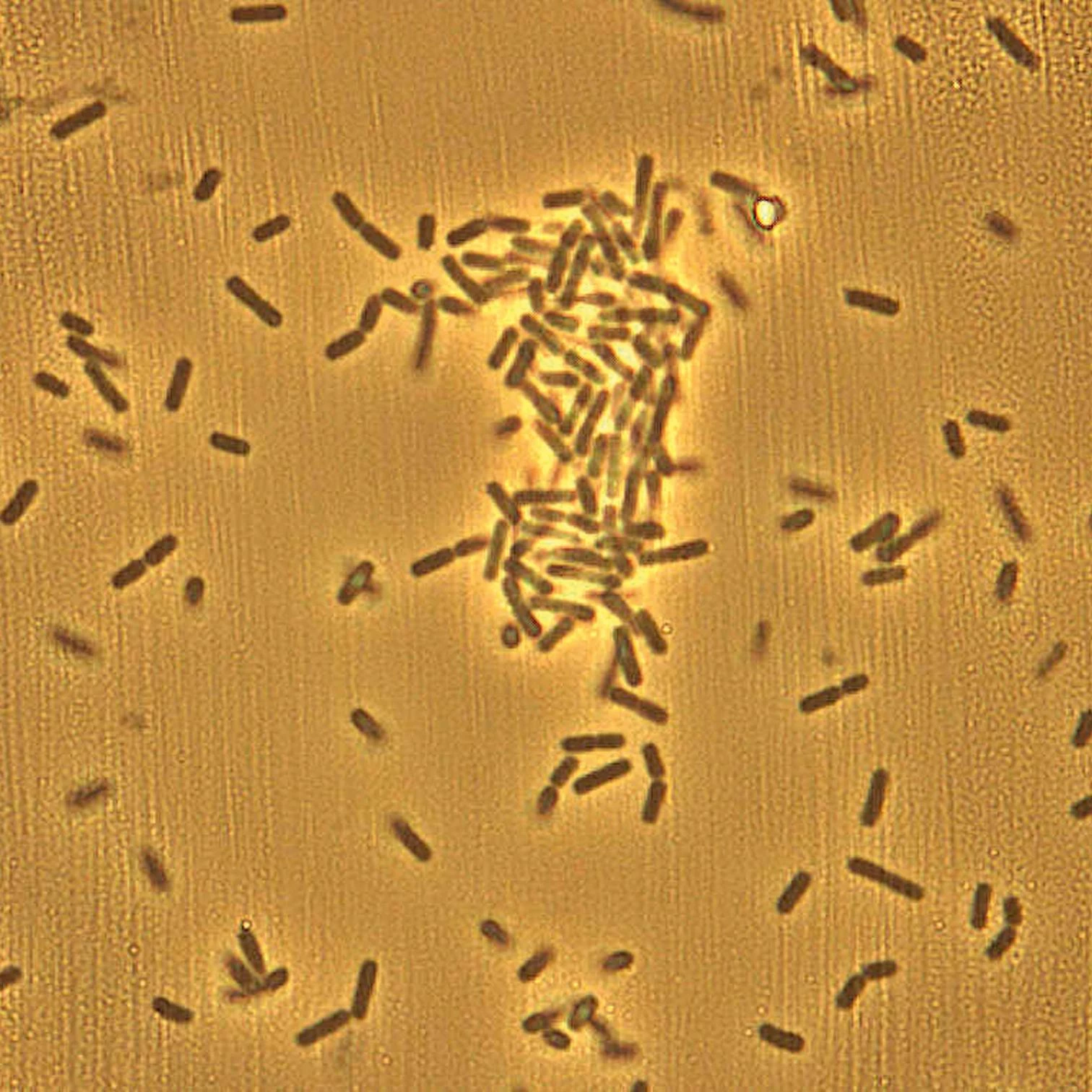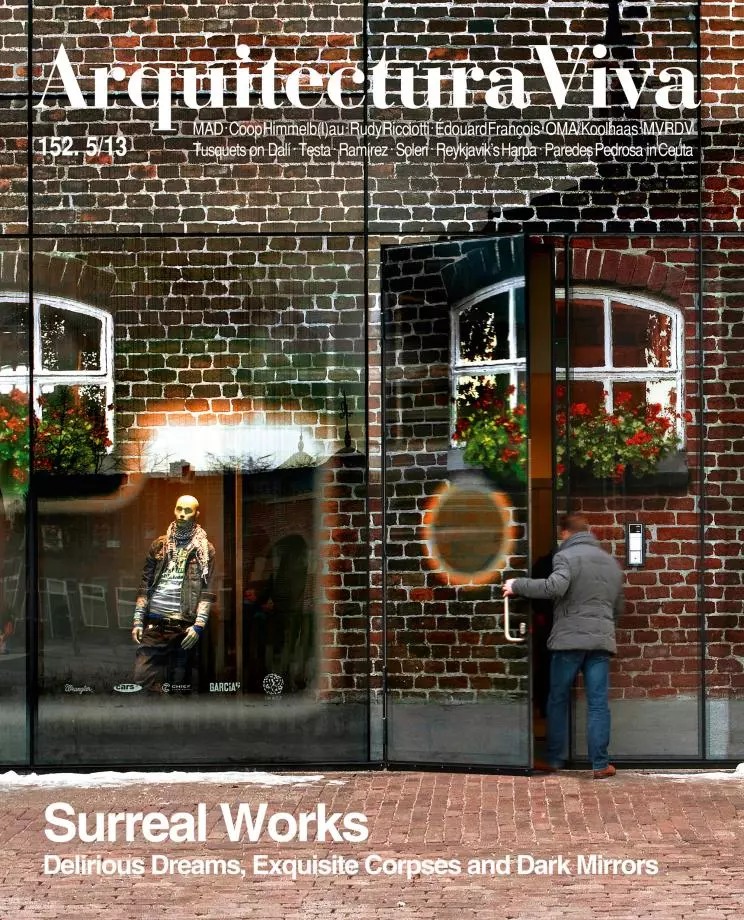
The term cyborg was coined in 1960 – a time marked by the challenge of exploring outer space – to define a human being that has been improved by technology, and with the ability to survive in extreme or extraterrestrial environments. Since then, the idea has influenced and spread to all the different fields of knowledge, from the humanities – may we recall the polemical discussions around the benefits of altering human nature through cybernetic means – to the technical sciences, which, extrapolating the notion of cyborg to the science and engineering of materials, has engendered a new generation of hybrid compounds the properties of which are midway between the mechanical and the biological, or which are obtained through biological processes.
The latter would be the case of those materials that are currently being developed within the context of a new spatial program: the hypothetical journey to Mars that in the long term would demand creating stable habitats for human beings. Since the key concern when building these habitats would be not the technology available, but rather the transportation of the materials, some researches – especially the study directed by the evolutionary biologist Lynn Rothschild, from NASA’s Ames Research Center – are focussing on the on-site synthesis of energy sources or building materials. Synthetic biology would be able to provide these supplies thanks to small groups of microorganisms adapted to the atmosphere of Mars, and programmed to multiply by exploiting the raw material available there: carbon dioxide and nitrogen, but also the residues generated by the astronauts themselves.
Several different types of bacteria can provide examples. Anabaena exists in extreme conditions, metabolizing nitrogen and carbon dioxide in the form of sugars that could be used as fuel or as nutrients. Other types of microorganisms, like the Sporosarcina pasteurii, would enable synthesizing even construction materials: the bacterias would transform the urea in human urine into calcium carbonate, generating a type of cement with the same resistance to compression as concrete, and that could be used to consolidate the rocky material on the surface of Mars.
Synthetic biology is also responsible for other surprising discoveries, though closer to Earth, in different research fields of construction technology. One of these researches has been developed by a team at Delft University, which believes to have discovered a method to manufacture a fully renewable biocement, that is, one able to reduce the degree of corrosion that steel produces on reinforced concrete. The material includes ceramic microcapsules that contain spores and the substratum that keeps them alive (calcium lactate). These spores remain in a latent state until they come into contact with the water – the same water which causes corrosion in frameworks; at that moment they begin producing the calcite that gradually repairs the concrete. These studies have shown that this process allows sealing cracks of up to 0.5 millimeters in thickness, all this in a laboratory, so know the test is trying it out in real conditions in order to create a new family of biocements with surprising properties.
Either self-generated or self-renewable, the new materials depend less on traditional engineering, and more on biology.





